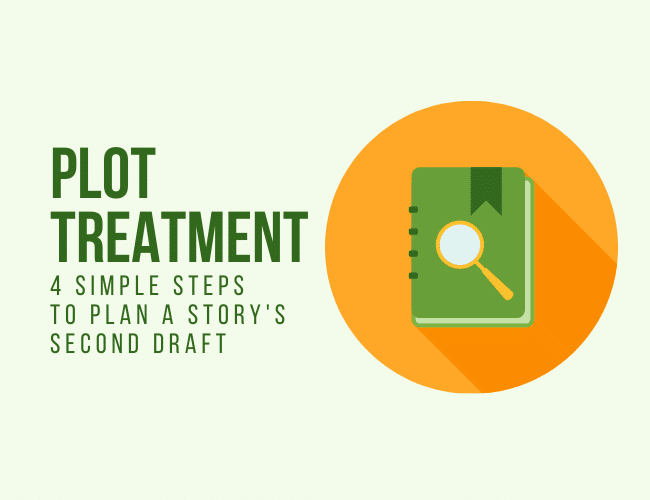
by J. D. Edwin |
First drafts are ugly, as they’re intended to be. Frankly, if your first draft isn’t full of run-on sentences, plot holes, and poorly developed characters, you might be doing something wrong. With the hardest part done, you turn to your second draft—but how do you write a second draft?
To start, you need to write a plot treatment.
The second draft is where your story really comes together. This is where you figure out everything that didn’t work in the first draft and fix it—or treat it. I like the word treat because it looks at the first draft as a patient—it’s not bad, it’s just unwell and needs you to play story doctor and make it better.
Thankfully, the process to improve your story and build a solid foundation for your second draft doesn’t have to be difficult. It can be done easily with a plot treatment.
In this article, you’ll learn what a plot treatment is, and why writing a plot treatment can help guide your second draft.
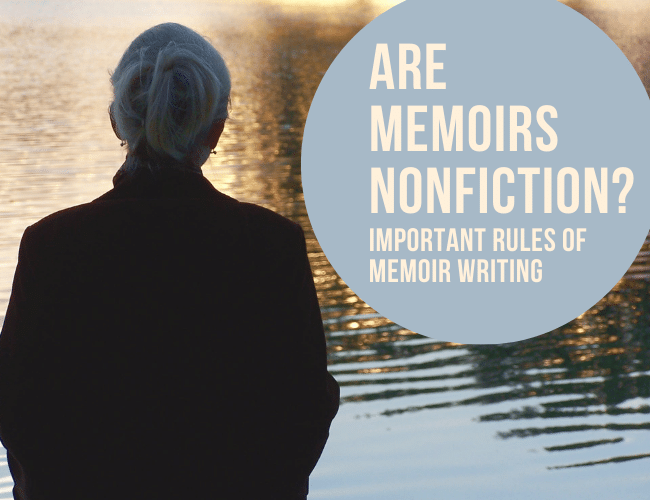
by Joe Bunting |
Are you writing a memoir or novel? Are memoirs nonfiction? Or is there a difference?
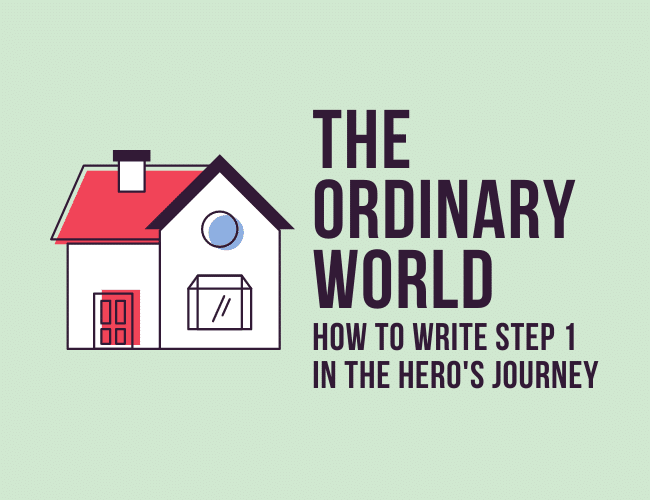
by David Safford |
Have you heard the story of the orphan boy living in the cupboard under the stairs?
Or perhaps the story of the girl in District 12 (the crappiest District) who would not only survive an unwinnable deathmatch, but become a symbol of liberty?
Maybe you’ve heard of the baby boy who was going to die in a mass genocide, but whose mother put him in a basket and sent him down the Nile River . . .
If you didn’t catch those, here they are in order: Harry Potter, Katniss Everdeen (The Hunger Games), and . . . Moses.
And all these stories follow the same classic story structure.
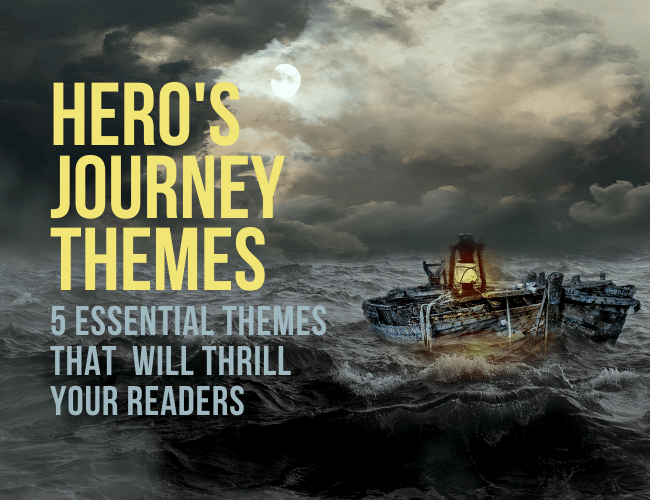
by David Safford |
They say opposites attract. That holds true, even in a Hero’s Journey story.
And while you may craft opposing characters who find themselves attracted to one another, you would be wise to study these universal relationships—also known as themes—that great stories have utilized for generations to the benefit of their readers.
Here are the five essential Hero’s Journey themes that will thrill your readers!
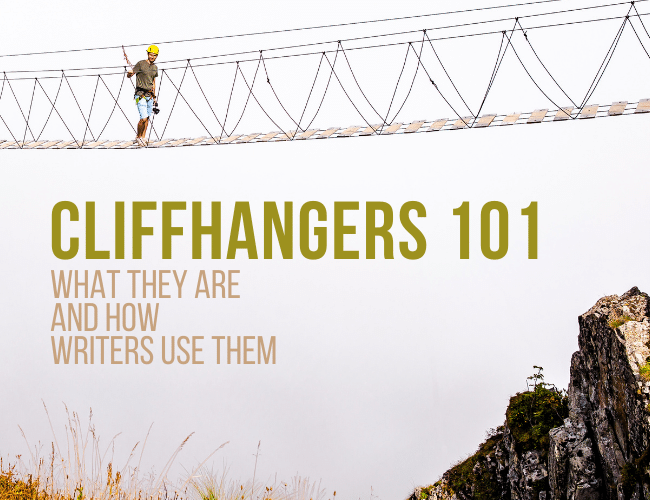
by Joslyn Chase |
Do you love a good cliffhanger? Most readers do. Whether they entail a twist that hits us like a tidal wave or employ a more subtle revelation, cliffhangers keep readers eagerly turning the pages—even if we’re not all entirely sure of a cliffhanger’s meaning.
But what is the definition of cliffhanger? And how can we, as writers, master the use of cliffhangers to write a book that holds readers all the way to the very end?
In this article, we’ll dig deep into what a real cliffhanger is, what it does, and how you can create consistently potent cliffhangers in your own writing.
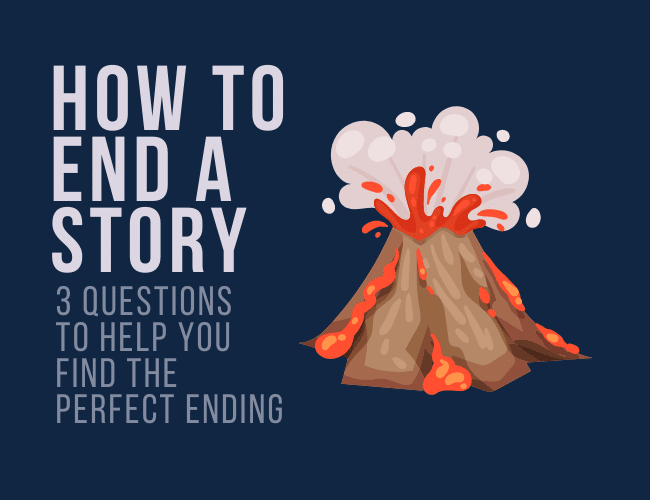
by David Safford |
The hardest part of writing a story might just be figuring out how to end a story. But what makes a good ending? How about a great ending? Is there a difference?
Endings are intimidating. They’re heavy-laden with all the narrative weight of your story.
And they’re so much harder to write than we imagine when they play out in our heads.
This is why so many trilogies end with a whimper, rather than a bang (Star Wars, Alien): Endings are hard.
But how do you write that rare, coveted third act that nails every beat and delivers on the audience’s hopes and dreams? How do you conclude your story, or trilogy, or series with power and poise?
Let’s dive deep into how to write a winning ending by exploring three essential questions that will keep you on track as you wrap up your next story.





